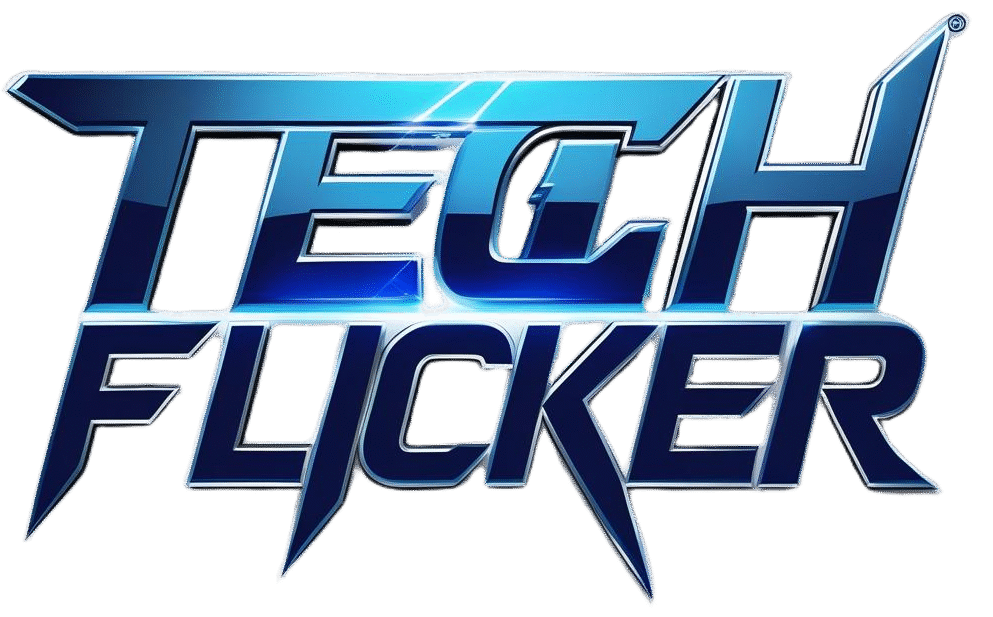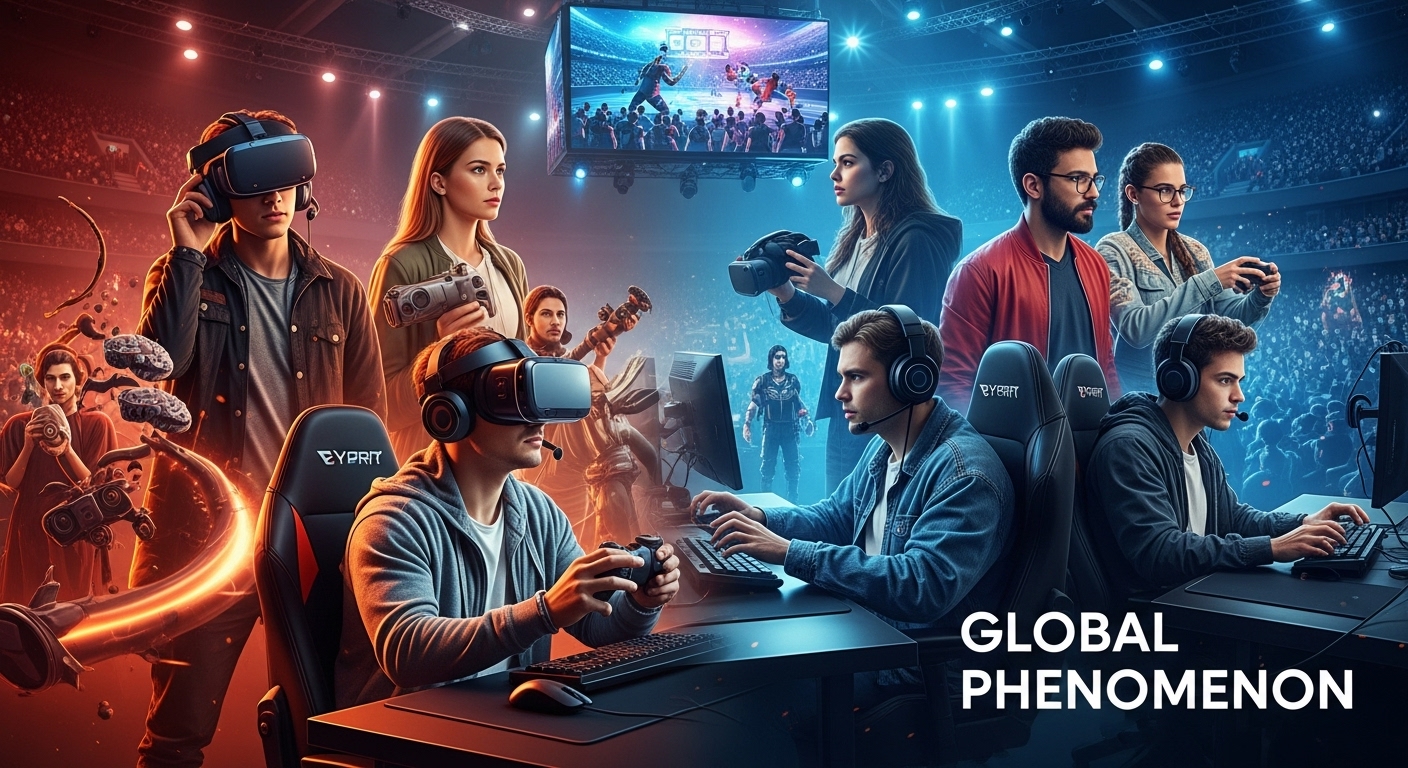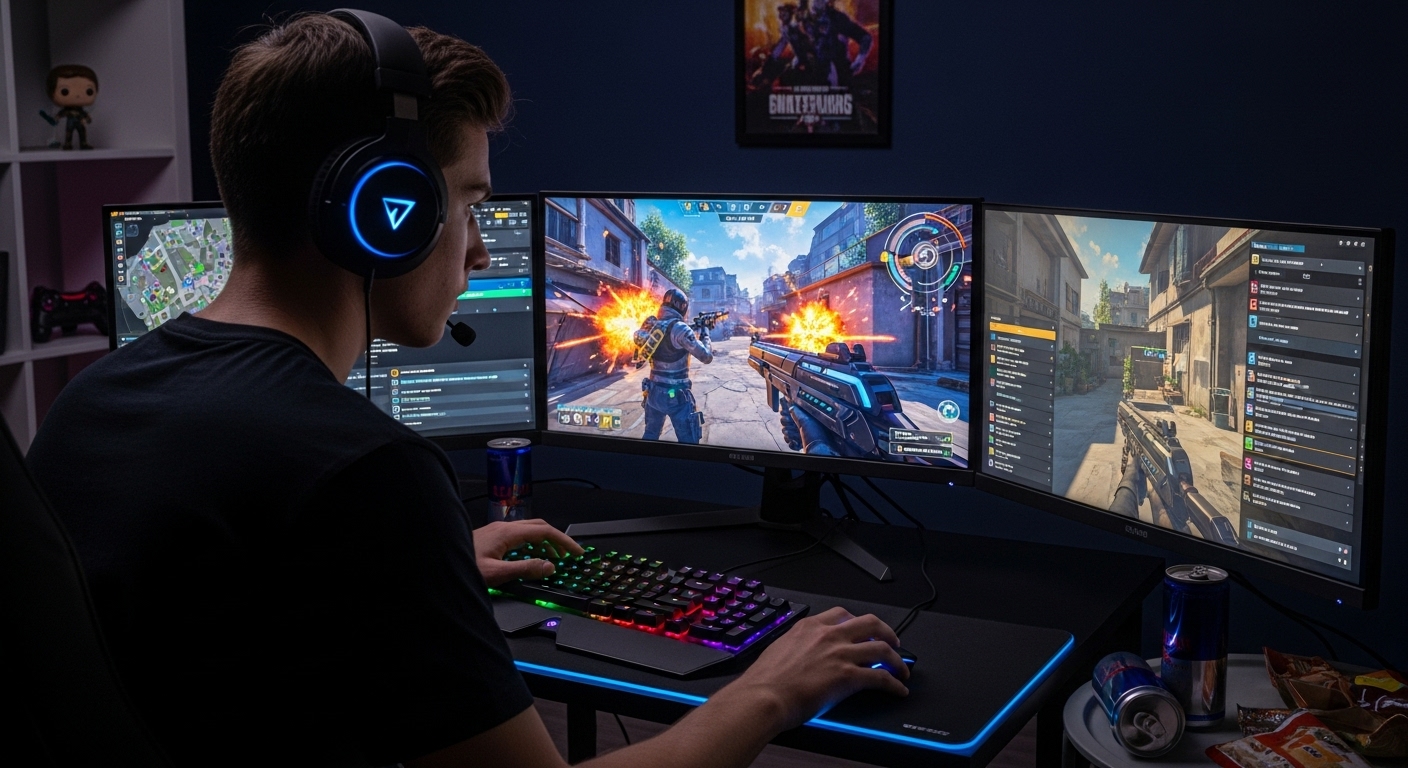Introduction
Gaming has transformed from a simple pastime into one of the most influential cultural and technological forces of the modern world. What began as an experiment with rudimentary graphics and limited interactivity has grown into a massive global industry that blends art, storytelling, technology, and social connection. The journey of gaming from the early arcade machines of the 1970s to today’s immersive virtual realities and esports arenas mirrors the evolution of human creativity itself. Gaming is not just about entertainment anymore—it is about innovation, community, competition, and even education.
The Early Days of Gaming
The story of gaming begins in the mid-20th century, when scientists and engineers created simple computer programs for experimentation and fun. Games like Spacewar! in the early 1960s and Pong in the 1970s laid the foundation for what was to come. Pong, with its minimalistic two-dimensional tennis simulation, became the first commercially successful video game and ignited a cultural craze. It was followed by the golden age of arcades, where titles like Pac-Man, Donkey Kong, and Space Invaders defined a generation. These games were simplistic by today’s standards, but they possessed an addictive charm and challenged players to achieve high scores through skill and persistence. The pixelated characters and limited sound effects of these early games captured the imagination of millions and demonstrated that video games could provide joy and excitement in ways that books, movies, or television could not.
The Rise of Home Consoles
As technology advanced, the dream of bringing the arcade experience into people’s homes became a reality. The late 1970s and early 1980s saw the rise of home gaming consoles such as the Atari 2600, which allowed players to enjoy a variety of games from the comfort of their living rooms. The concept of interchangeable cartridges gave players the freedom to choose from multiple titles, and gaming quickly became a household activity. However, the market became oversaturated with low-quality games, leading to the video game crash of 1983, an event that nearly destroyed the industry. It was not until the arrival of Nintendo in the mid-1980s that gaming was revived. The release of the Nintendo Entertainment System (NES) and iconic games like Super Mario Bros. and The Legend of Zelda ushered in a new era. Nintendo’s focus on quality control, engaging gameplay, and memorable characters rekindled public interest and established gaming as a legitimate form of entertainment once again.
The Birth of Modern Franchises
During the 1990s, gaming began to mature both technically and creatively. The transition from 2D to 3D graphics changed everything. Games like Super Mario 64 and The Legend of Zelda: Ocarina of Time introduced open worlds, exploration, and complex mechanics that expanded the possibilities of interactive storytelling. Sega and Sony joined the competition, with the Sega Genesis and PlayStation each pushing technological limits and attracting loyal fanbases. This era also marked the birth of many franchises that continue to dominate the industry today—Final Fantasy, Metal Gear Solid, Resident Evil, and Pokémon, to name a few. Each of these franchises built immersive universes that captured the hearts of players across generations. The gaming experience was no longer confined to short bursts of play; it became a journey, an adventure, and often, an emotional experience.
The Growth of PC Gaming
While consoles thrived, the rise of personal computers in the 1990s gave birth to another powerful branch of gaming. PC gaming offered flexibility and technical superiority, attracting developers who wanted to experiment with genres that were not easily replicated on consoles. Real-time strategy games like StarCraft and Age of Empires, first-person shooters like Doom and Half-Life, and life simulators like The Sims revolutionized how people interacted with virtual worlds. The internet began to connect players, leading to the creation of multiplayer experiences that would eventually shape the future of gaming. LAN parties and early online communities paved the way for the connected gaming culture we see today.
Online Multiplayer and the Social Revolution
The late 1990s and early 2000s witnessed the explosion of online multiplayer gaming. Titles like Counter-Strike, World of Warcraft, and Halo 2 brought people together in ways that were previously unimaginable. Players could now team up or compete with others across the world, breaking down geographical barriers and creating global communities. This era introduced the concept of clans, guilds, and leaderboards, transforming gaming from a solitary hobby into a social ecosystem. For many, these virtual connections became as meaningful as real-life friendships. Online gaming also introduced new forms of competition, cooperation, and even communication, influencing how people interacted in the digital age. The emergence of voice chat, forums, and later, streaming platforms, made gaming an integral part of modern culture.
The Era of High Definition and Realism
As hardware capabilities expanded, so did the ambition of game developers. The mid to late 2000s brought the era of high-definition gaming, where visuals became increasingly realistic and cinematic. Consoles like the Xbox 360 and PlayStation 3 delivered immersive experiences that rivaled blockbuster movies. Games like Uncharted, Gears of War, and The Elder Scrolls V: Skyrim demonstrated how far the medium had come in terms of storytelling, graphics, and emotional depth. Developers began to focus not only on gameplay but also on character development, voice acting, and narrative arcs that rivaled Hollywood scripts. Gaming was no longer seen as a niche pastime—it had become a mainstream form of art and storytelling.
The Rise of Indie Developers
While big studios dominated the market, the rise of digital distribution opened the doors for independent developers to make their mark. Platforms that allowed easy access to global audiences enabled small teams with limited budgets to create innovative experiences that sometimes surpassed big-budget titles in creativity. Indie games such as Minecraft, Undertale, and Hollow Knight demonstrated that passion, vision, and originality could triumph over massive marketing campaigns. These games often explored unconventional themes, emotional narratives, and experimental gameplay mechanics that appealed to diverse audiences. The indie movement revitalized the creative spirit of gaming and reminded everyone that video games are not just products—they are expressions of human imagination.
Esports and Competitive Gaming
As gaming continued to evolve, competition became an integral part of its identity. Esports, or professional competitive gaming, emerged as a global phenomenon. Games like League of Legends, Dota 2, and Counter-Strike: Global Offensive built dedicated esports scenes with massive tournaments, professional teams, and millions of spectators. The idea of watching others play games evolved from a niche interest to a legitimate sporting event, complete with commentary, sponsorships, and prize pools worth millions of dollars. The skill, strategy, and teamwork involved in esports challenged traditional perceptions of what it means to be an athlete. Players trained rigorously, honed their reflexes, and mastered complex systems, proving that mental agility and coordination could be just as demanding as physical sports.
The Cultural Influence of Gaming
Gaming has become deeply intertwined with modern culture, influencing music, fashion, movies, and even language. Iconic characters like Mario, Sonic, Lara Croft, and Master Chief are recognized worldwide. Video game soundtracks are performed in symphony halls, and adaptations of popular games are turned into blockbuster films and television series. The impact of gaming on popular culture is undeniable, as it continues to inspire new generations of creators and artists. Moreover, gaming has become a shared cultural language—a bridge that connects people of different backgrounds, ages, and nationalities. Whether through memes, streaming, or cosplay, gaming has created a vibrant and inclusive culture that celebrates creativity and community.
The Role of Streaming and Content Creation
The advent of streaming platforms transformed gaming once again. Players could now broadcast their gameplay to audiences around the world, turning gaming into a form of live entertainment. Streamers and content creators built communities centered around shared experiences, humor, and commentary. Watching others play became as enjoyable as playing itself, and personalities emerged who rivaled celebrities in popularity. This shift gave rise to a new form of digital economy where gamers could earn a living by entertaining and educating their audiences. The boundaries between player and spectator blurred, and gaming evolved into a performance art.
Gaming as an Art Form
Beyond entertainment and competition, gaming has also established itself as a legitimate art form. Games like Journey, The Last of Us, and Red Dead Redemption 2 explore profound themes of love, loss, morality, and identity. They invite players to reflect, empathize, and engage emotionally in ways that passive media cannot replicate. The combination of music, visuals, narrative, and interactivity allows games to evoke deep feelings and provoke thought. Artists, writers, and designers collaborate to craft experiences that challenge the limits of creativity. As technology continues to advance, the line between virtual and real continues to blur, expanding the artistic potential of interactive media.
Educational and Therapeutic Applications
Gaming is no longer confined to leisure—it is being used for learning, therapy, and personal development. Educational games teach everything from history to mathematics through interactive engagement. Simulations help professionals practice real-world skills, such as pilots using flight simulators or surgeons using virtual reality tools. In therapy, games are used to help patients manage stress, improve motor skills, and recover from trauma. The concept of gamification—using game elements in non-game contexts—has been applied in education, healthcare, and business to enhance motivation and engagement. This proves that gaming is not only fun but also powerful as a tool for growth and healing.
The Future of Gaming: Virtual Reality and Beyond
The future of gaming is shaping up to be even more immersive and interconnected. Virtual reality (VR) and augmented reality (AR) are breaking boundaries by placing players inside the game world itself. Technologies like haptic feedback, motion tracking, and eye-tracking are making the experience more lifelike than ever before. Artificial intelligence is being used to create dynamic, adaptive worlds that respond to player choices in real time. Cloud gaming is removing the need for expensive hardware, making high-quality gaming accessible to more people around the world. With the rise of cross-platform play, players can connect regardless of their device or location, creating a truly unified gaming ecosystem. The potential is limitless—gaming could evolve into a fully immersive shared reality where creativity and technology merge seamlessly.
The Social and Psychological Aspects of Gaming
Gaming has a profound impact on human psychology and social behavior. On one hand, it fosters creativity, problem-solving skills, and teamwork. On the other, it can lead to addiction and unhealthy escapism if not balanced properly. However, numerous studies have shown that gaming can improve cognitive functions such as spatial awareness, memory, and reaction time. Cooperative and online games help players develop communication skills and empathy through shared challenges. The key lies in moderation and understanding gaming as a multifaceted experience that can enrich life when enjoyed responsibly. The sense of accomplishment, exploration, and community found in gaming often fulfills emotional needs that traditional media cannot satisfy.
The Economics of Gaming
The gaming industry is one of the most lucrative entertainment sectors in the world, surpassing film and music combined. It drives technological innovation, job creation, and economic growth. From large AAA studios to small independent teams, developers contribute to a dynamic and ever-expanding market. Monetization models have evolved from one-time purchases to subscriptions, microtransactions, and live-service models. While these changes have sparked debates about ethics and consumer rights, they also demonstrate the adaptability and complexity of the gaming ecosystem. The business of gaming continues to evolve alongside its audience, balancing profit with creativity and player satisfaction.
Conclusion
Gaming has come a long way from its humble beginnings of blinking pixels and beeping sounds. It has grown into a global phenomenon that influences culture, technology, and society at every level. What was once dismissed as a childish hobby is now recognized as a sophisticated form of art, storytelling, and communication. Whether played for competition, relaxation, learning, or connection, games have become an integral part of human experience. They reflect our desires, our fears, and our imagination. The power of gaming lies not just in the technology that drives it, but in the people who play, create, and share it. As we look to the future, one thing remains clear—the world of gaming will continue to evolve, inspire, and unite us in ways we have yet to imagine.



